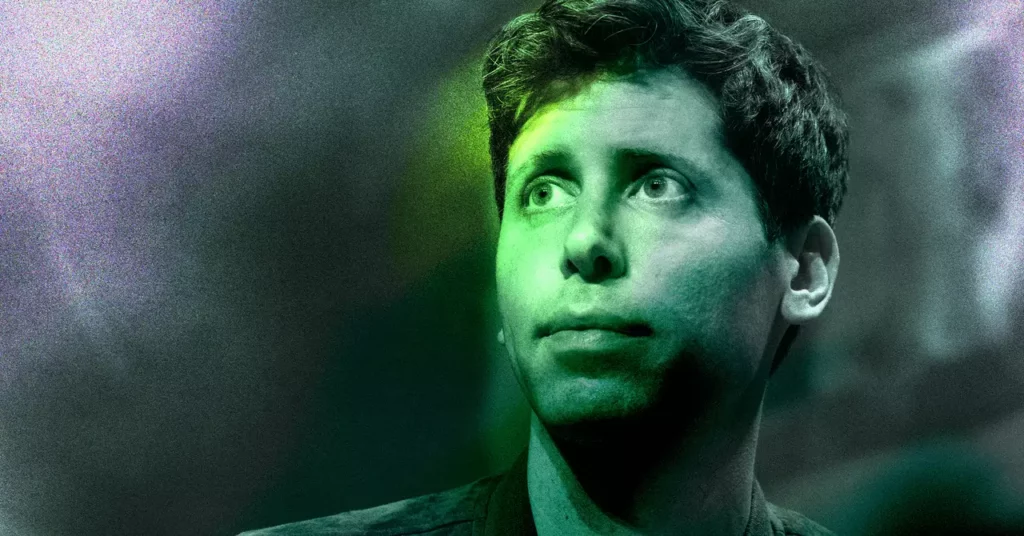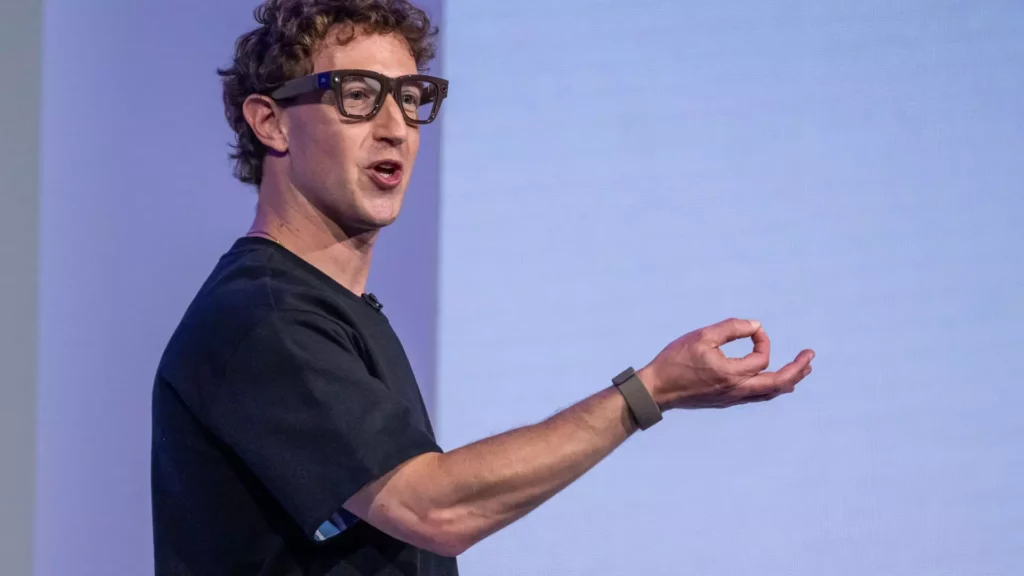In the high-stakes world of artificial intelligence, the latest industry narrative champions star-studded hiring as the ultimate path to dominance. Companies like OpenAI and Meta invest billions to lure top engineers from Silicon Valley’s elite — a strategy that appears bold, even revolutionary. But beneath this costly talent arms race lies a troubling truth: a myopic fixation on hiring can overshadow fundamental flaws within organizational frameworks, long-term vision, and ethical considerations.
Focusing predominantly on assembling a stellar team neglects the fact that human talent, no matter how brilliant, cannot compensate for systemic deficiencies. Building a resilient AI ecosystem requires much more than high-profile personnel; it calls for a coherent, robust infrastructure capable of supporting unpredictable breakthroughs. Overlooking this, organizations risk becoming brittle, overly dependent on individual contributions that may falter or misalign with the broader societal good. The obsession with “placing the best minds” often leads to fragmented efforts, where isolated expertise struggles to integrate into a unified, scalable system.
Moreover, the pursuit of well-paid, superstar engineers can lead to a talent monoculture—where many firms acquire the same elite pool, fostering an echo chamber rather than genuine innovation. The industry’s scramble to poach talent from rivals stokes a zero-sum mentality, igniting a damaging war that leaves little room for collaboration or shared progress. This environment risks creating a fragile competitive bubble that could implode if key personnel depart or if the underlying infrastructure cannot support the ambitions driving these recruitment sprees.
The Infrastructure Myth: More Power, More Problems
OpenAI’s strategic investment in hardware and system architecture is often praised as essential to accelerate AI progress. Yet, this elevation of infrastructure as the “cornerstone” of innovation warrants skepticism. The narrative suggests that building larger models and more complex systems will inevitably lead to breakthroughs in artificial general intelligence (AGI). But more power—a larger data center, fancier chips, faster training—inevitably introduces exponential complexity.
The complexity of managing sprawling AI infrastructures is vastly underestimated. As models grow larger, so do the risks of critical failures, security breaches, and ethical mishaps. The technical challenge of maintaining such systems is monumental, and the cost in energy and resources is staggering. This ‘power race’ may obscure the core question: do we really need bigger models or more hardware, or should we instead focus on smarter, more efficient algorithms?
There’s also the danger of infrastructure becoming a smokescreen for the industry’s inability to address the real issues—bias, transparency, misalignment. The narrative of infrastructure “enabling breakthroughs” can distract stakeholders from these meaningful ethical debates, effectively allowing problematic AI deployment to proceed under the guise of technical progress.
Industry Rivalries – What They Signal About Ethical and Strategic Failures
The cutthroat competition among tech giant giants, especially the fierce tug-of-war for AI talent, exposes a deeper malaise: the lack of a unified, ethically responsible framework guiding AI development. Meta’s aggressive recruitment of OpenAI’s engineers, coupled with lavish incentives and resources, underscores not just a race for dominance but a scramble to control a technology with profound societal implications.
This relentless pursuit reflects a broader failure: the industry is gambling on technological supremacy to divert attention from pressing ethical and geopolitical dilemmas. When companies prioritize acquisition over accountability, it signals a dangerous abdication of responsibility. The strategic cat-and-mouse game distracts from fundamental questions—how do we ensure AI serves human interests, not just corporate strategic interests?
Furthermore, the rivalry fuels a climate of distrust, especially visible in the ongoing legal disputes involving Elon Musk and OpenAI. These conflicts suggest that the industry’s foundational integrity is shaky, risking an erosion of public trust. Power dynamics are shifting, but without proper regulatory oversight, this fierce competition could produce AI systems that are neither safe nor aligned, elevating the risk of societal harm.
Long-term Risks Hidden Behind Short-term Wins
While headlines declare major hires and infrastructure upgrades as proof of progress, they also mask the darker side of unregulated AI development. The push toward AGI is riddled with unresolved technical, ethical, and geopolitical risks—none of which can be addressed solely through better hardware or smarter engineers.
The pursuit of rapid, large-scale model training is inherently risky. It often entails sacrificing thorough safety evaluations, ethical oversight, and international cooperation. The political stakes are high, as nations compete for technological preeminence, risking a new arms race fueled by AI advancements. As the stakes grow, so does the likelihood of unintended consequences—be it malicious use, economic disruption, or loss of human control over AI systems.
In this context, human talent, infrastructure, and financial resources are necessary but far from sufficient. What truly governs the future of AI is whether the momentum is guided by a genuine commitment to human-centered values or merely strategic self-interest. The unchecked drive for prominence could accelerate a future where AI becomes a tool of power rather than a guardian of progress.
The Central Flaw: Power Without Perspective
The fundamental flaw in the current technological arms race is that it conflates capacity with wisdom. Building massive models and comprehensive infrastructures may be impressive, but a singular focus on scale ignores the importance of governance, ethical safeguards, and societal input. The core question remains: when does technological prowess tip into hubris?
Power, in this realm, is seductive. It promises dominance, but such dominance lacks moral or ethical compass. Without a balancing perspective—centered on the collective good—the technological race risks morphing into a reckless pursuit, where the real winners could be those who wield AI as a weapon of influence, not a force for societal good.
Furthermore, this obsession with infrastructure and talent acquisition can bootstrap arrogance—a false sense that technical excellence alone will solve all challenges. But history shows that many technological marvels—like nuclear energy or the internet—demand rigorous oversight and moral reflection. AI’s unique potential to reshape human society necessitates this, yet the industry’s current trajectory suggests that such considerations are secondary, if they exist at all.
By prioritizing hardware and elite engineering over ethical integrity and global dialogue, the industry risks creating a future where technological power is divorced from social responsibility—a dangerous precedent that could undermine the very objectives it claims to pursue.









Leave a Reply